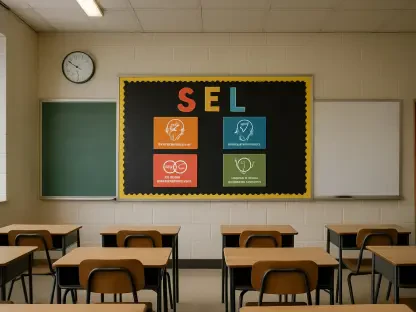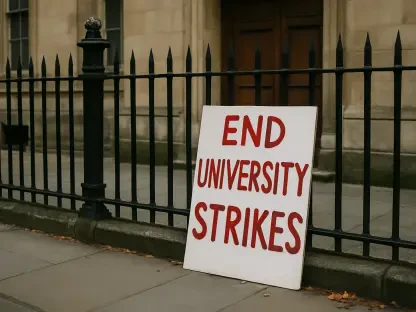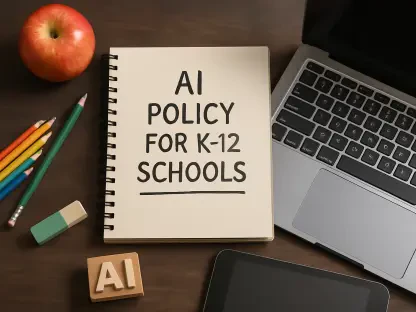Amidst a shifting educational landscape, the issue of college access for men has become a focal point of policy discussions. Addressing gender disparities in education and employment is critical, and Michigan Gov. Gretchen Whitmer’s initiative exemplifies the efforts taking place. By promoting tuition-free college and skills training for men, this measure seeks to tackle the existing gender gap in educational attainment and support the Sixty by 30 goal, which aims to ensure 60% of Michigan residents hold a post-secondary degree or certificate by 2030. This article delves into the current status and future prospects of college access for men, offering insights into the industry’s challenges and opportunities.
Current Status of College Access for Men
Statistical Overview of Education Trends
Education trends reveal a notable gender gap in academic achievement. Men lag behind women in bachelor’s degree completion, high school graduation rates, and literacy levels. According to recent data, there was a 10% drop in undergraduate enrollment for men over the past four years, highlighting a pressing need for targeted interventions. Furthermore, the young men’s labor participation rate has declined significantly compared to earlier decades. These trends underscore the importance of initiatives like Whitmer’s directive, which aims to reverse these educational disparities and promote equal opportunities through state-supported programming.
Real-World Applications and Initiatives
In practice, Whitmer’s initiative is a strategic effort to create engaging and flexible learning opportunities that match workers’ interests and career aspirations. This includes reviewing existing programming to reduce educational costs and expand job prospects. Notable companies and educational institutions are beginning to implement similar efforts, demonstrating the trend’s growing traction. By aligning educational goals with workforce demands, these initiatives aim to improve economic opportunities and workforce readiness, thereby addressing external factors like opioid use that impact male labor participation rates.
Expert Opinions and Industry Insights
Industry experts and thought leaders reinforce the importance of addressing the gender gap in education. They highlight the potential challenges and impacts of this trend on economic development and social equity. Renowned professionals in education and labor sectors recognize the urgent need for such initiatives, pointing out that despite men’s higher average earnings, young women are outpacing them in educational achievements. Their insights affirm the trend’s significance, suggesting that the narrowing gender wage gap may reflect broader societal changes that require a focused response to support men’s educational advancement.
Future Prospects of College Access for Men
The future of college access for men holds promising potential. Initiatives like those spearheaded by Whitmer provide a blueprint for what could be a larger movement toward equitable education systems. Such efforts could lead to broad benefits like increased workforce diversification and improved economic stability. However, challenges like ensuring accessibility and maintaining engagement in educational programs remain, necessitating ongoing evaluation and adaptation of strategies. The broader implications across industries could see a more balanced representation and participation in previously male-dominant sectors, fostering both positive and negative outcomes that need careful consideration.
Conclusion and Call to Action
Addressing the gender gap in education requires multifaceted approaches and collaborative efforts from policymakers, educational institutions, and industry leaders. While challenges are evident, initiatives aimed at enhancing college access for men provide a critical step forward in building a more equitable education system. The potential for increased educational attainment and improved workforce participation among men calls for continual dedication to developing strategies that adapt to evolving societal needs. Proactive measures taken now could pave the way for broader social and economic impacts, shaping a future where educational opportunities are accessible to all, regardless of gender.









